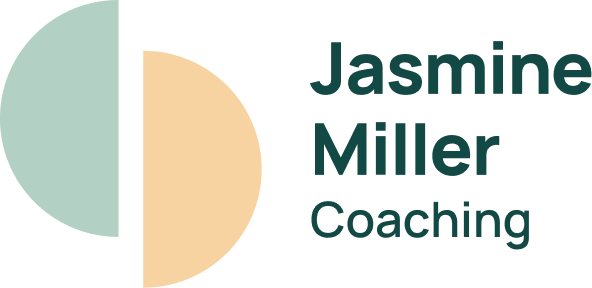Rethinking the Language of Difference: A Call for Human-Centred Terminology in Schools
In schools around the world, language shapes perception. It frames how we understand learners, how we define support, and ultimately, how we create environments for young people to flourish.
Yet, the words we often use to describe difference—Special Educational Needs (SEN), Additional Support Needs (ASN), Additional Learning Needs (ALN),—can, however unintentionally, reinforce a deficit narrative.
Having worked across educational systems in the UK, Denmark, China, and the UAE, and through my PhD research on how education can promote flourishing for neurodivergent young people - I’ve become increasingly aware of how language carries implicit values. Terms once designed to secure support can also position some learners as problem to be managed rather than individuals with agency, insight, and potential.
From Labels to Language That Liberates
These labels may serve administrative purposes, but they often become the lens through which learners are seen—first by their diagnosis, and only later (if at all) by their identity.
This shapes teacher expectations, peer relationships, and self-concept.
What if we shifted towards a more human-centred, strength-based vocabulary?
What if, instead of focusing on “supporting SEN students,” we centred our efforts on creating genuinely inclusive environments where all learners feel they belong?
This doesn’t mean discarding the structures and supports that are vital—it means prioritising people over paperwork and relationships over labels. When we refer to learners as autistic, dyslexic, or ADHDers—in line with how a person chooses to identify—we are affirming neurodivergence as a natural and valuable part of human diversity, not a problem to be fixed.
This shift moves us away from a deficit mindset and toward a culture of respect, voice, and inclusion.
“I don’t mind being autistic - it’s who I am. But being called ‘special needs’ makes it sound like I’m a problem”.”
Neurodivergent or Neurodiverse?
Language matters in the nuances too. “Neurodivergent” refers to individuals whose cognitive processing differs from the “neurotypical” majority—such as autistic people, ADHDers, dyslexic individuals, dyspraxic people, and people who experience tics, including those who identify with Tourette’s. “Neurodiverse” describes a group that includes a mix of both neurodivergent and neurotypical individuals.
By using precise, identity-affirming language, we not only challenge stigma but also recognise and respect the full spectrum of human neurocognitive variation.
A Global Glimpse
This isn’t just a UK conversation. Across my “Coaching Across Borders” visits, I’ve seen how different countries grapple with inclusive education. In Denmark, for example, the term inclusive school is tied to specific policy goals, while in the UAE, labels often carry strong cultural implications. Each system is a different stage - but all are influenced by how language drives practice.
Towards Flourishing: Practical Shifts for Educators
To support genuine inclusion, language must reflect possibility, not pathology. Here are a few simple ways to begin shifting:
Ask students how they prefer to be referred to.
Use identity-affirming language (e.g., “autistic student” rather than “student with autism”) if that aligns with the student’s views.
Replace “intervention” with “inclusive practice” or “individualised support.”
Frame behaviour in terms of unmet needs or environmental mismatches, not disruption.
Why It Matters
When we affirm identify through language we take a step towards creating the kind of environment where all learners can feel seen, safe, and supported.
In my research, neurodivergent young people have described the tension between being supported and being labelled. Many want to be understood for their whole selves, not reduced to a category.
Language is a powerful starting point. It sets the tone for policy, practice, and everyday interactions. If we’re serious about equity, belonging, and flourishing, then, rethinking how we speak about and with our learners is a vital part of the work.



